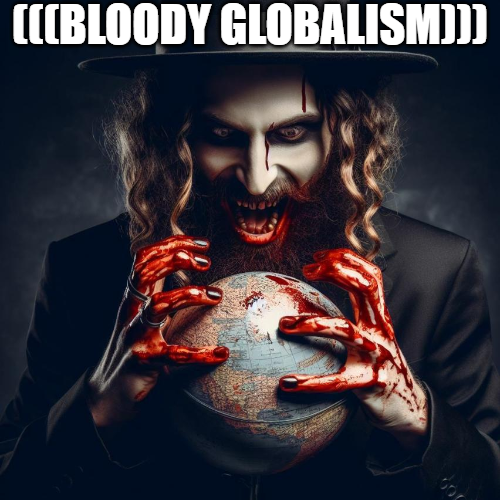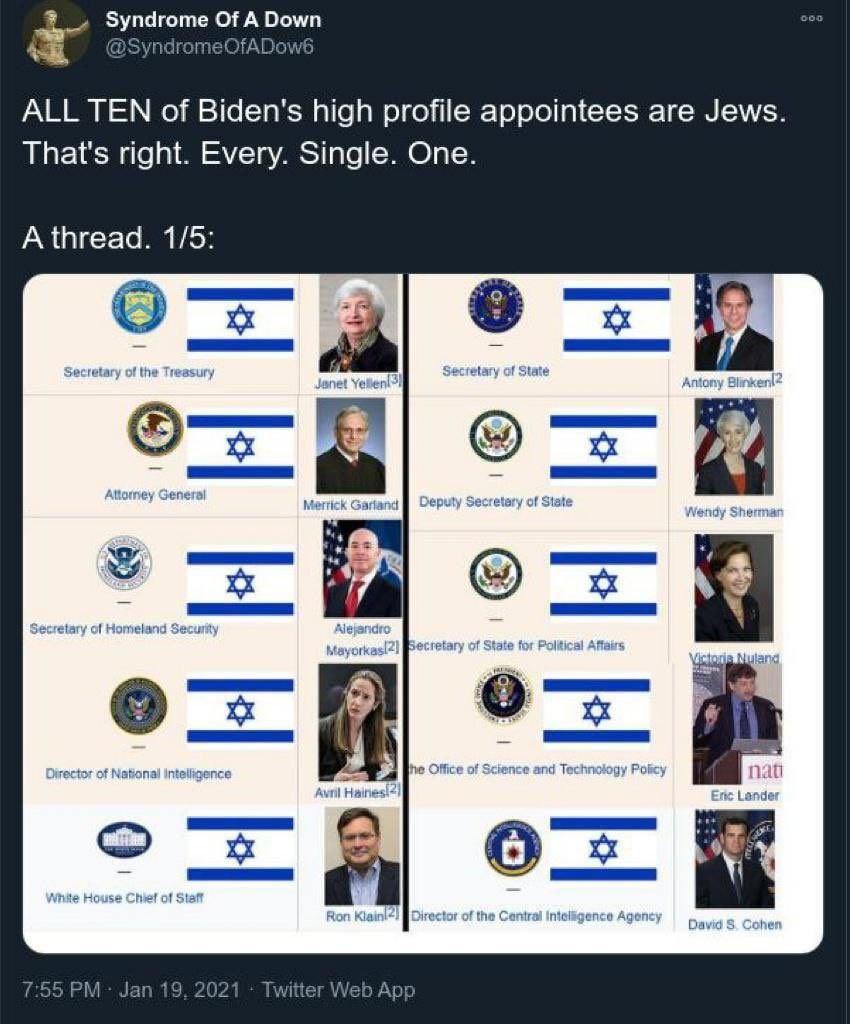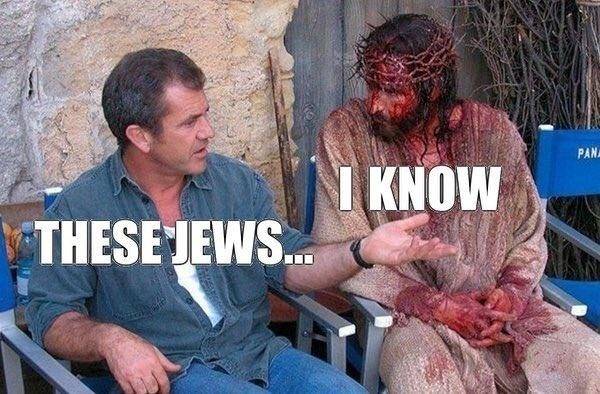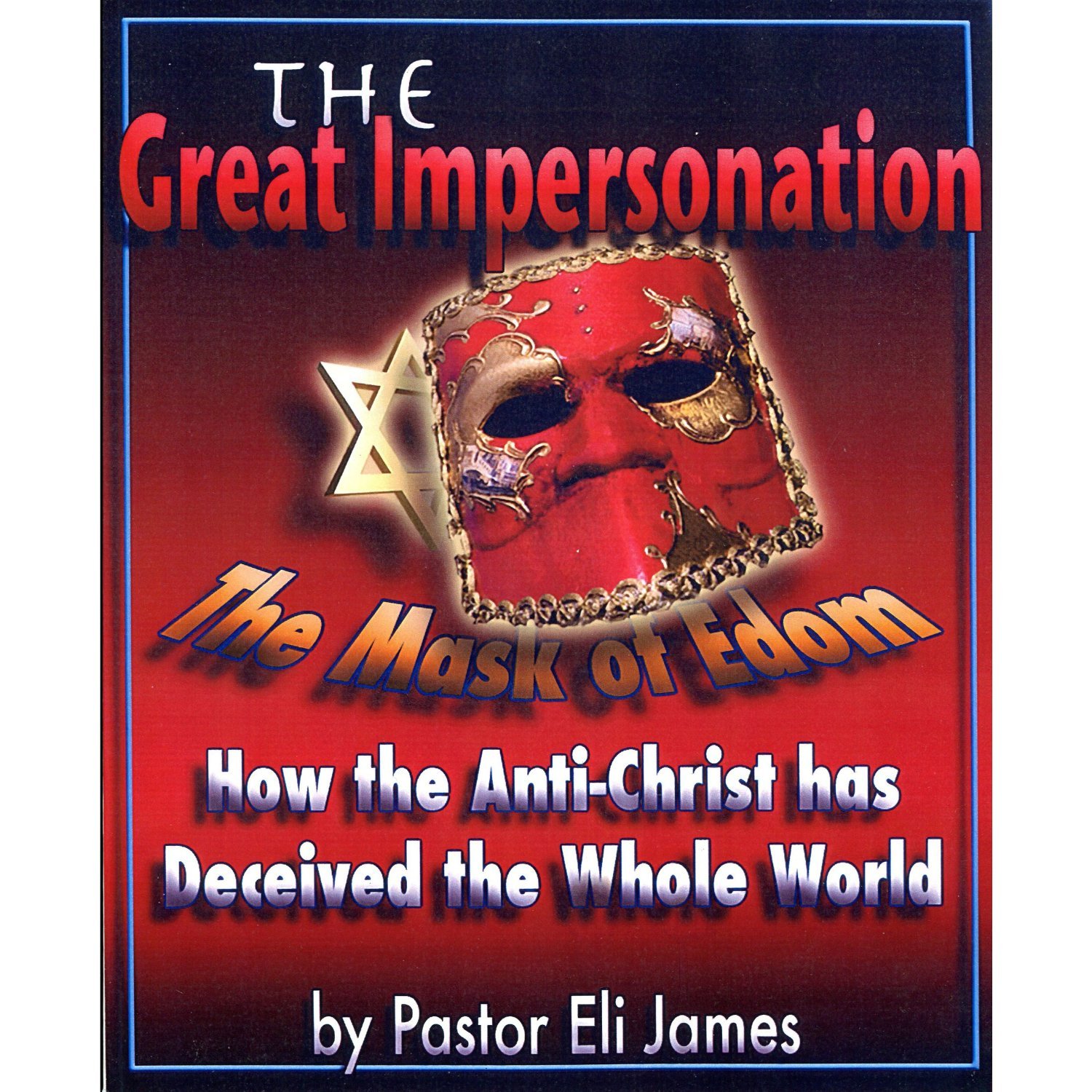So, You Believed the Lies About Apartheid?
South Africa was destroyed by the international Jew:
Think again before you call yourself a supporter of the ‘New’ South Africa
In 1988, a German book published how the White giant of Africa actually was. Below are some of the facts referencing 1988 unless otherwise indicated):
In 1972, SA blacks owned 360,000 vehicles. (More than all the black African states together)
The monthly income of blacks per capita in 1988 was R352 per month in South Africa – Malawi and Mozambique less than R20 per month.
In 1988 black people could undergo a complicated heart valve surgery for just more than $ 1 while black Americans had to pay $ 15,000. In a Pretoria hospital between 2000 and 3000 of these surgeries were done per year.
In 1970, black workers earned R1751 million, or 25.5% of the total wage fees in SA and increased to R17 238 million in 1984 (1000% growth) and 32.3% of total wages in SA. In the 1986/1987 financial year, whites paid R9000 million and blacks R171 million tax. Indians paid R257 million and coloreds paid R315 million on tax.
Between 1962 and 1972 the UN paid $ 298 million to underdeveloped countries compared to South Africa that spent $ 558 million on the development of its black areas.
The budget amount for black education increases every year from 1970 to almost 30% more than any other government department.
From 1955 to 1984 the number of black scholars increased from 35000 to 1 096 000. In 1988 71% of the adult black population could read and write versus 47% in Kenya, 38% in Egypt and 34% in Nigeria. On average during the year 15 new classrooms per working day were built for black scholars.
In 1985 there were 42 000 black students enrolled at SA universities.
There were 5 black universities and 28 higher education institutions funded by the government.
Soweto with its population of 1.2 million had 5 modern stadiums versus Pretoria with its 600 000 whites who had three. Soweto had 365 schools versus Pretoria 229. In Soweto in 1978, there were 115 football fields, three rugby fields, 4 athletic tracks, 11 cricket fields, two golf courses, 47 tennis courts, 7 swimming pools, 5 bowling halls, 81 basketball fields, 39 children playgrounds and countless community halls, cinemas and clubhouses.
In Soweto in 1978, there were 300 churches, 365 schools, 2 technicons, 8 clinics, 63 kindergartens, 11 post offices and its own fruit and vegetable market.
The white government build a huge hospital Baragwanath 3000 beds in Soweto. One of the largest and most modern hospitals in the world.
Its 23 operating theaters were equipped with the best equipment money can buy.
Here blacks were treated at a nominal cost of R2 for an unlimited period.
In 1982, no fewer than 898 heart surgeries were done here.
Next to the Baragwantha Hospital is the St. John-eye clinic, famous for the treatment of glaucoma, previous fix retinas, traumatic eye injuries and rare tropical diseases.
There were over 2300 registered firms, 1000 taxi operators and 50,000 car owners in Soweto.
Dr. Kenneth Walker, a Canadian physician, visited Soweto and made the following observations:
- He saw several houses worth more than R100 000 with various BMW’s at the door.
- Only 2% of homes are shacks with neat buildings with lawns. If he had to choose between the decaying apartments in New York, Detroit or Chicago than he would rather stay in Soweto.
- He’d rather be very ill in Soweto as in some Canadian cities.
- He says the city has more schools, churches, cars, taxis, and sports fields than any other independent African states.
In 1978 the South African government built a highly modern hospital MEDUNSA on the border of the independent state of Bophuthatswana at a cost of R70 million on 35 hectares. In this “city” there were living and sleeping facilities for male and female students.
Black doctors, dentists, veterinarians and para-medical staff were trained. It is the only specialized university of its kind in Africa and one of the few in the world financed by white taxpayers exclusively to benefit blacks. Almost all students who mainly came from the national homelands costs were taken care of by the government.
The practical training took place in the nearby Garankuwa Hospital farm where the whole range of human ailments is covered.
Garankuwa had the facilities for kidney transplants, isotopes units with specialized laboratories where 200 doctors were trained practically every year.
South Africa provided training for the airline personnel of Swaziland, Botswana, Zimbabwe, Zaire and the Comores.
In 1979, when the train traffic to the Malawian capital Lilongwe was interrupted by rebels, SA sent transport aircrafts with fuel drums to keep their economy going.
In 1986, 80,000 black businessmen from Africa visited Cape Town to finalize business deals.
South Africa provided in the grain needs of its neighboring countries and wider. In 1980, Zambia received 250 000 tons of maize, Mozambique 150,000 tons maize and 50 000 tons of wheat, Kenya 128,000 tons maize and Zimbabwe 100 000 tons. Other countries that also received South African grain were Angola, Ivory Coast, Malawi, Mauritius, Tanzania and Zaire.
At least 12 countries of Africa, according to the “Argus African News Service” were so dependent on SA grain that a total ban on imports and exports would have destroyed them economically.
About half of Lesotho’s male population worked in South Africa, about 146,000 in 1983, and earned R280,6 million which was about half of Lesotho’s treasury.
In the 1982/83 financial year SA budgeted R434 million for assistance to the independent neighboring states.
SA produced more electrical energy than Italy, as much crude steel as France, more wheat than Canada, more wool than the US, more wine than Greece and more fish than Great Britain.
South African trains ran on more rail lines than in West Germany, carried more passengers than Switzerland, have better punctuality record than Austria and exported car parts to 100 countries.
SA mines bore down to the depth of 3480 meters and holds the record for the deepest vertical shaft at 2498m deep into the hardest rock in the world.
We are accused by the world that we were a police state:
In SA 1.4 officers for every 1,000 people while the world is as follows: UK 2.2, Israel 3.5, New York 4.3, and Moscow 10 per 1000. In South Africa there were 16,292 white policemen versus 19 177 non-white.
We were accused of killing our political offenders:
In 1979-1980 there were no deaths in SA prisons. In the previous 10 years 37 died versus 274 in the same period in Wales and England.
We are accused that we pay starvation wages:
In 1974, the average monthly income of black workers in South Africa were $ 127 versus the $ 140 in the US, the richest country in the world.
We were accused that we locked up thousands of political prisoners:
In 1983, 127 such prisoners are confined in SA and 11 whose movements were limited. A further 32 were under house arrest.
Our country “The treasure of the world” was stolen.
Think again before you call yourself a loyal supporter of the devastating new SA.
By Koos Odendaal
South Africa Today
White-ruled South Africa was a most benevolent country, especially to blacks. Here are the facts:






